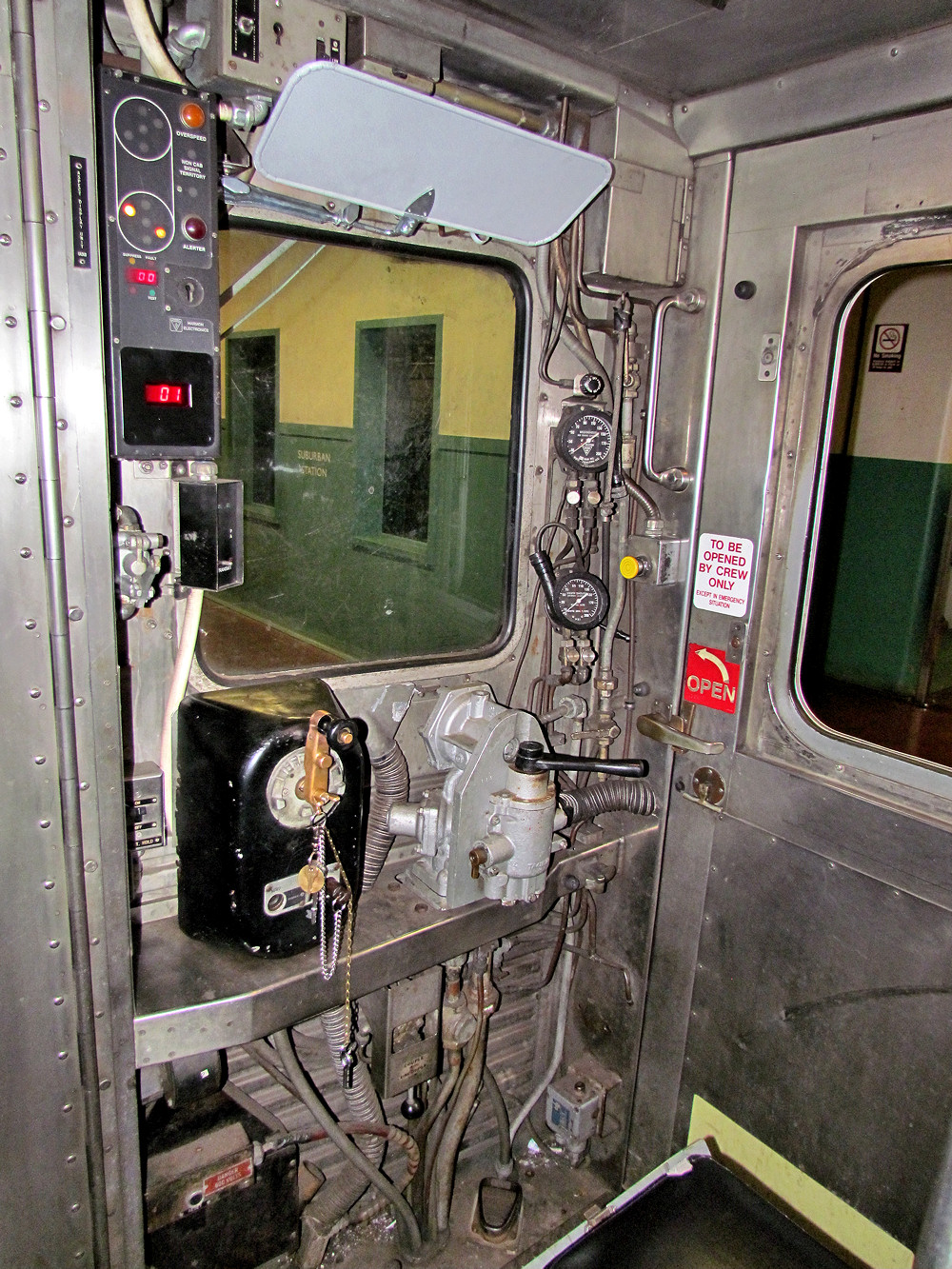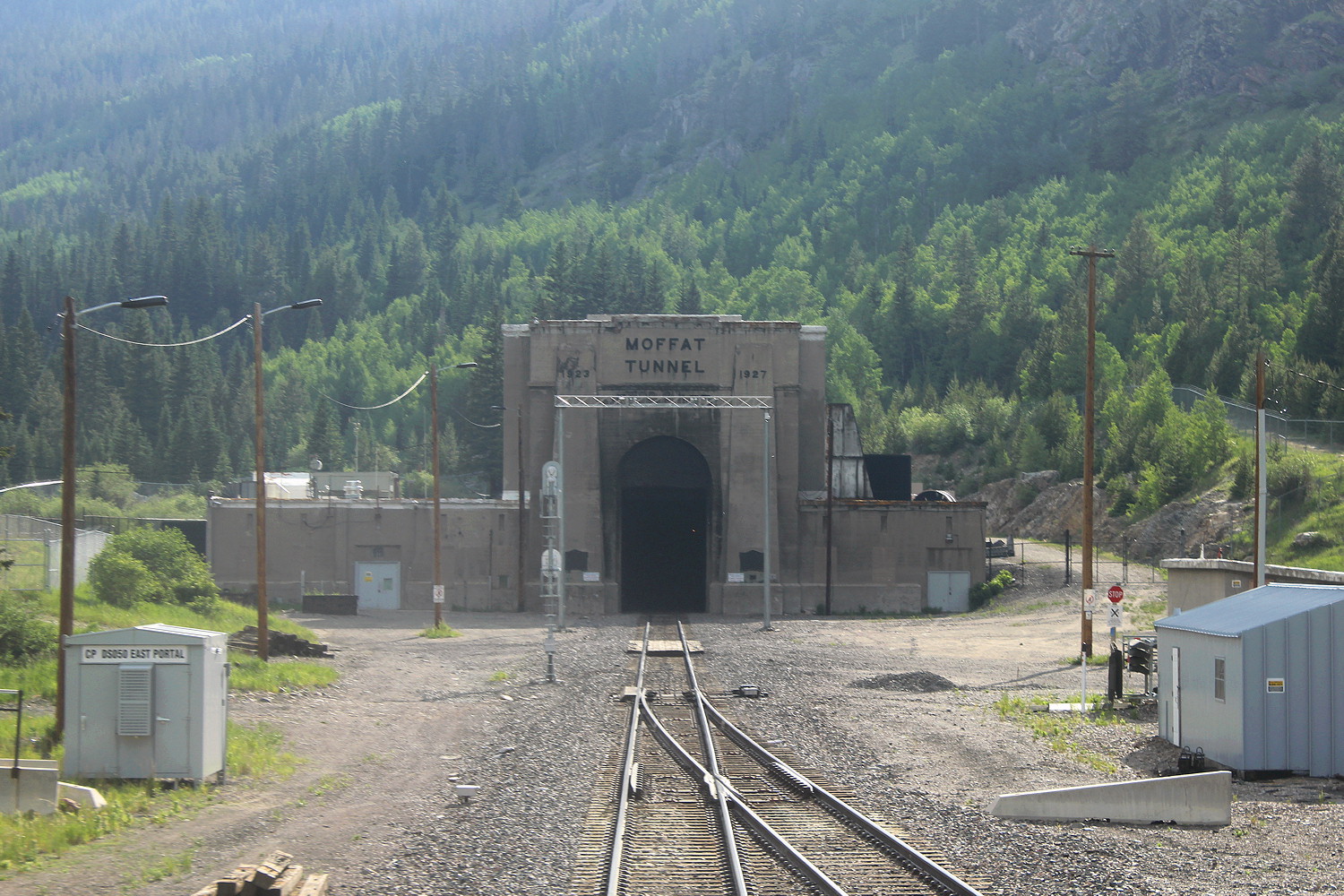In addition to capturing High Definition video of the operation of these historic cars, you can also see the PRR cab signaling system in action as we run between BROAD and VALLEY interlockings on the historic PRR Main Line.
We begin on Train 1087 departing Suburban Station and running all the way to Cynwyd. This video shows the train climbing up and along the Chinese Wall to 30th St station, then out along the Main Line to the new K Interlocking before crossing into Amtrak territory at ZOO before heading up and over the valley Flyover to the SEPTA Cynwyd Line.
The soon to be retired Valley Flyover was used by Main Line PRR trains and Schuylkill Branch trains alike. Main Line track #4 was relocated off the flyover in 1994 and now slapped with a 5mph speed restriction the bridge will soon be replaced by a direct connection to the Main Line at PAXON.
Note the cab signal dropping as the train passes the signal on the far end of the flyover bridge. This is non-cab signaled territory and the conductor must use his key in the cutout box on the other side of the cab.
Next up we have the same sort of video only this time documenting SEPTA Silverliner III #235 on the head of Train #1088 as it returns to Center City from Cynwyd.
Included in this video is a detailed demonstration of the Pennsylvania Railroad Cab Signaling system. Watch as the train passes CP-JEFF and the cabs are automatically cut in and then go through a test sequence. Also watch as the SEPTA dispatcher pulls down our signal at the new K interlocking due to a heat kink and then when attempting to cross the train over, enters the wrong route requiring her to pull down the signal again and run time.
Next we have the Railfan Special express run from Cynwyd straight through to Market East. This would normally be a deadhead into the far end of Powlerton Yard, but special accommodation was made for the large number of people who turned out for this special event. Also in evidence are the large number of non-riding railfans camped out trackside for their final run photos.
The railfan special has to wait a bit at 30th St for some traffic to clear before heading through the Center City tunnel to Market East where I make sure to say farewell to both cars.
The fun didn't end there as we were treated to one more ride back to 30th St Station where I opted to fight the crowds at the front of the train for a head end video of this event.
The final moments of the Old Car era at SEPTA as #9010 and #235 discharge all their riders and pull into Powlerton Yard for the last time. Not as good a video as the May fantrip pulling out of Market East, but I guess everyone else could have the better shots back in the middle of the platform.
Well that's it for the Silverliner II's, but next week tune in for yet more Budd action as I go spend a day with some R32's on the A!

























































